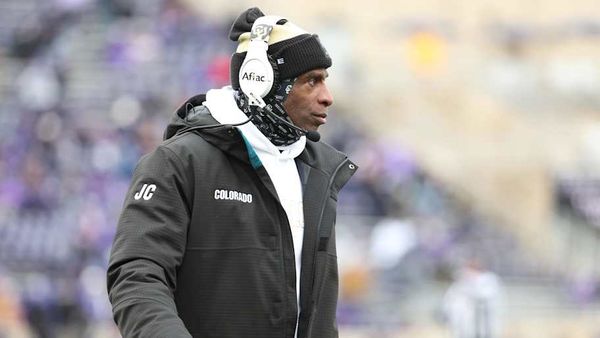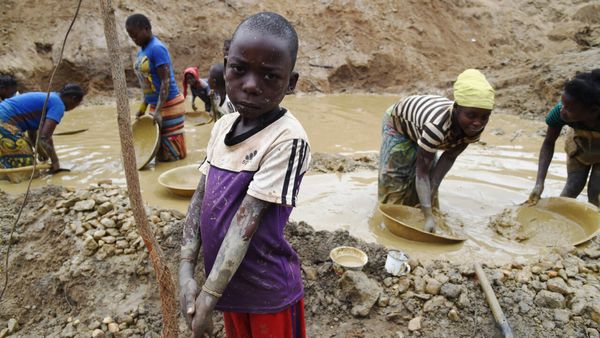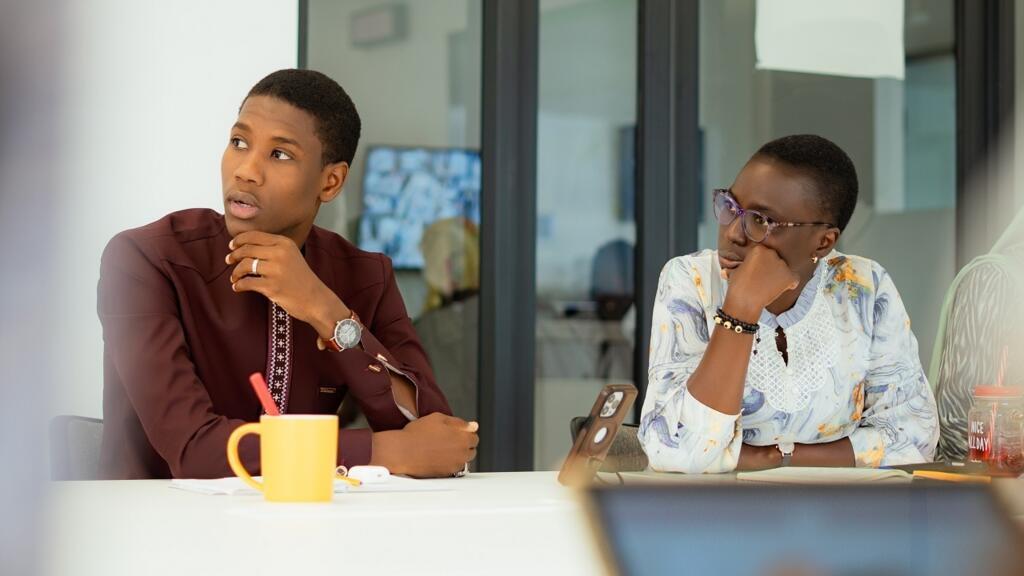
France Médias Monde – parent company to RFI and TV station France 24 – has launched a new digital news channel: ZOA. Focused on feature-style stories, the platform targets a young African audience, and was built by young African journalists. Meet RFI's new little sister.
The fledgling newsroom’s open-plan office sits within the new France Médias Monde (FMM) hub in the Senegalese capital of Dakar. An image of Blessing-Bili, a young singer from Congo-Brazzaville, looms large on one of its walls.
Cécile Goudou, ZOA’s deputy editor, is scrutinising subtitles, hunting for the slightest flaw. “I sometimes watch a video up to 10 times,” she laughs.
Although ZOA has only been posting content for a fortnight, its most popular videos have already racked up more than 800,000 views.
Joseph Kahongo Amutake is about to publish that day's sports debate: “How does African cycling measure up internationally?” Several African commentators weigh in on the continent’s poor results at the World Cycling Championships.
“What I enjoy most is the dynamism we’re trying to bring to news,” says the 30-year-old Congolese journalist. “And being online, because that’s the platform young people prefer.”
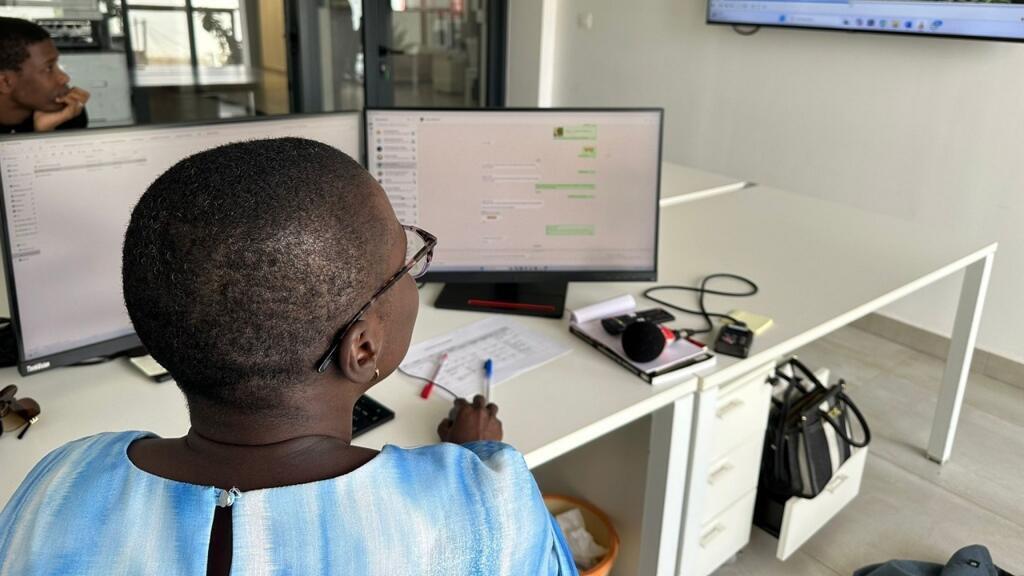
Teenagers take centre stage at road world championships in Kigali
Bridge between generations
Amina Diop, a recent graduate of CESTI, one of Senegal’s top journalism schools, handles the Citizen Initiatives section.
She has just finished a feature on a young Beninese engineer who designed and built an electric scooter. “If another young person sees this story, they’ll think it’s possible to invent and innovate,” she says.
That's why she joined ZOA – "to convey the positivity flowing through the continent and highlight the many initiatives that exist".
For her, this means moving away from what she calls “misery journalism". Her next story is on a Togolese fashion designer.
The channel’s mission is resolutely youthful and optimistic – but not naïve.
“ZOA tells Africa’s story from its roots, valuing those who built it, those who’re shaping it today and those imagining it tomorrow,” reads the colourful flyer announcing its launch.
Its mission: to amplify the voices of young Francophone Africans through fact-based reporting, grounded in human experience.
ZOA’s editor-in-chief, Kaourou Magassa, a journalist passionate about African cultures, likes to quote filmmaker Oumar Bayo Fall: “We are not the future, we are the present. We are also the bridge between our elders and the generations that will come after us.”
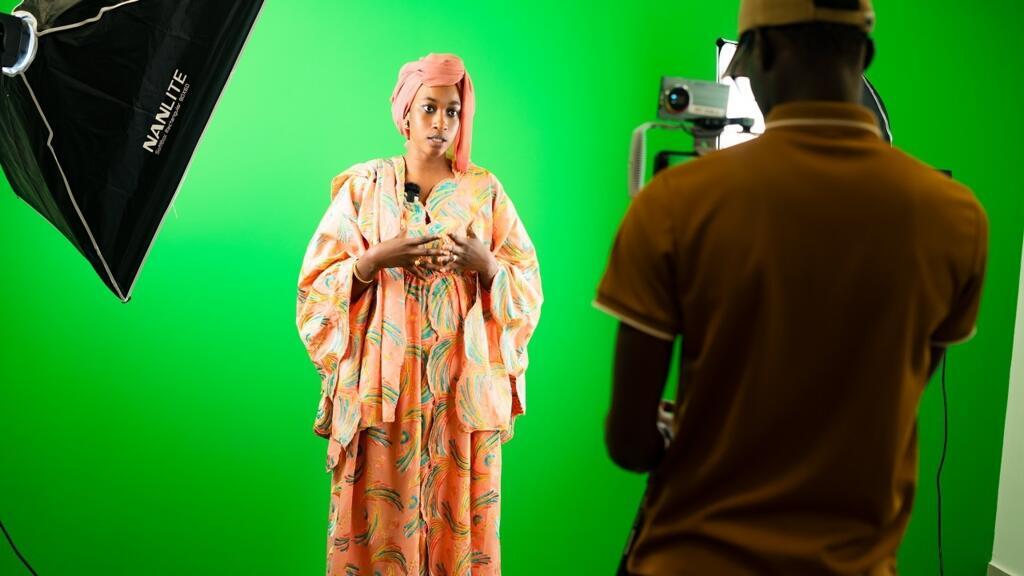
Combatting 'fake' news in Africa
Inspiring figures
ZOA’s first videos introduced audiences to a range of inspiring people: Aya Gueye, a former Miss Ziguinchor, who uses fashion to promote her culture and motivate young people; Ruffine Sonon, a 15-year-old Beninese athlete, who won the country’s first gold medal in the 800m at the African School Games, and Tening Faye, a young Senegalese taekwondo prodigy who has already won a world medal.
The channel also explores everyday topics... Could ataya tea – a staple of friendly gatherings – pose a health risk? How can families spot the signs of Alzheimer’s in ageing relatives? What are the real effects of sugar on health?
“The Health section is designed to produce explanatory videos on common and rare conditions,” explains Dikorou Cheick, the team’s health specialist.
“Our strength is that we inform with a relaxed tone. The idea is to provide preventative advice without frightening people, because once you’re aware of a condition, prevention becomes easy – and can even encourage recovery. Beyond that, we also want to showcase the progress made in healthcare across the continent.”
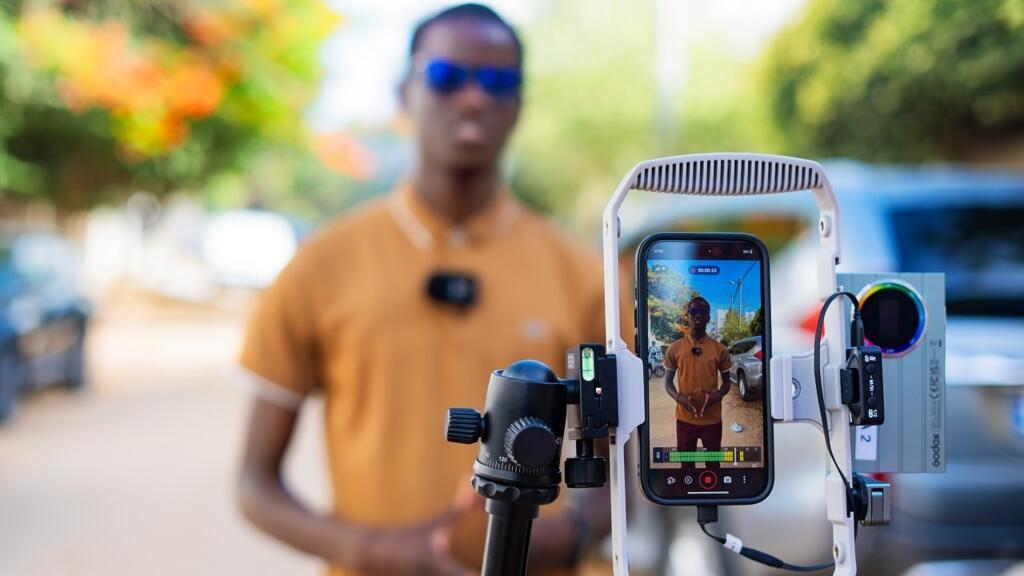
ZOA’s videos focus on daily life on the continent.
“For me, ZOA is a new approach, a new perspective,” says reporter Ibrahima Dramé. “We give the floor to ordinary Africans – people whose lives are not widely known, yet who are doing extraordinary things. That’s what makes my work here so important.
"With my mic and camera, I go everywhere: from Madina Ndiathbé in northern Senegal’s Fouta region, to Thiobon in Casamance in the south; from Pikine on Dakar’s outskirts to Koussanar in Tambacounda. I hand the mic to Senegalese voices that are rarely heard, even though they have a lot to say.”
From Goma to Cape Town, the young Congolese athlete pedalling for peace
No politics
ZOA distributes its content on all major social platforms – WhatsApp, TikTok, Facebook, YouTube and Instagram – in the form of videos, photos and infographics.
“ZOA will cover practically everything: health, sports, society, culture, entrepreneurship – except politics,” says Goudou. “We believe there’s already enough coverage of politics.”
Instead, the content is resolutely “magazine”. There are features such as When I was 20, which sees elders share life lessons with younger generations; What’s your daily life? in which ordinary people talk about their routines, and Citizen Initiatives, showcasing young people working for their communities.
There is also a Heritage strand, which highlights Africa’s cultural and historical legacy. “Maybe a young Ivorian doesn’t know the history of Dakar’s Monument of the Renaissance,” notes Goudou. “Through this section, those are the kinds of stories we want to tell.”
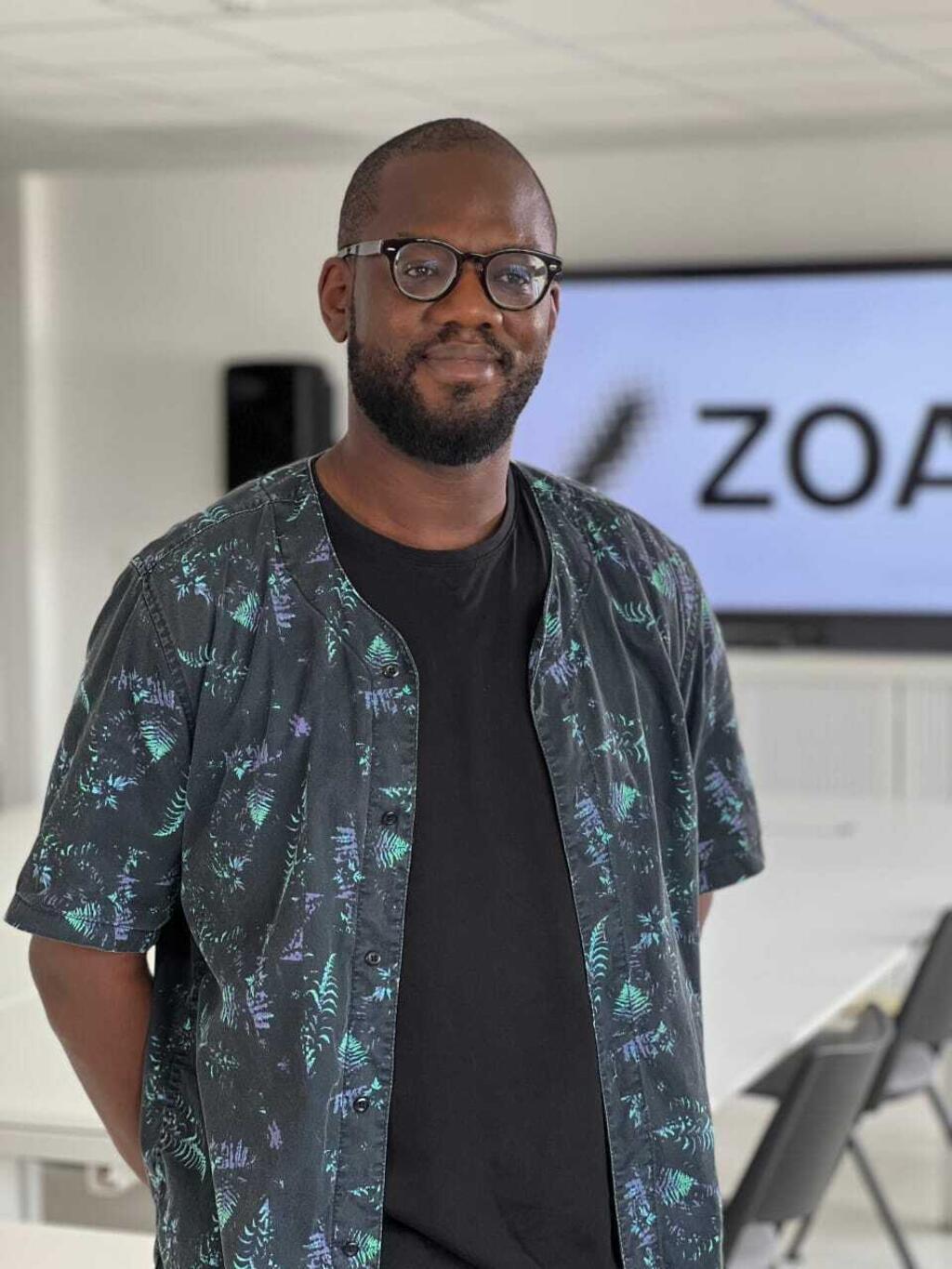
Young Senegalese forced abroad by dual economic and political crises
Editorial independence
While ZOA is based alongside RFI’s Mandenkan and Fulfulde services in FMM's Dakar hub, the new channel has its own distinctive style.
"RFI and France 24 provide us with technical and financial support, but editorially we’re independent," says Magassa. "We have our own productions, our own editorial meetings and we choose our topics entirely on our own.”
The Dakar newsroom is home to 10 journalists from five African countries, with an equal number of men and women.
“The average age is 28,” notes Magassa. “So yes, we too are young Africans. This isn’t just about talking to young Africans – we are young ourselves, and we want to tell our own stories.”
The team works with a network of correspondents in 11 countries, because, as the editor-in-chief notes: "It’s vital to be as close as possible to the people – and to their stories."
This article was adapted from the original in French.
